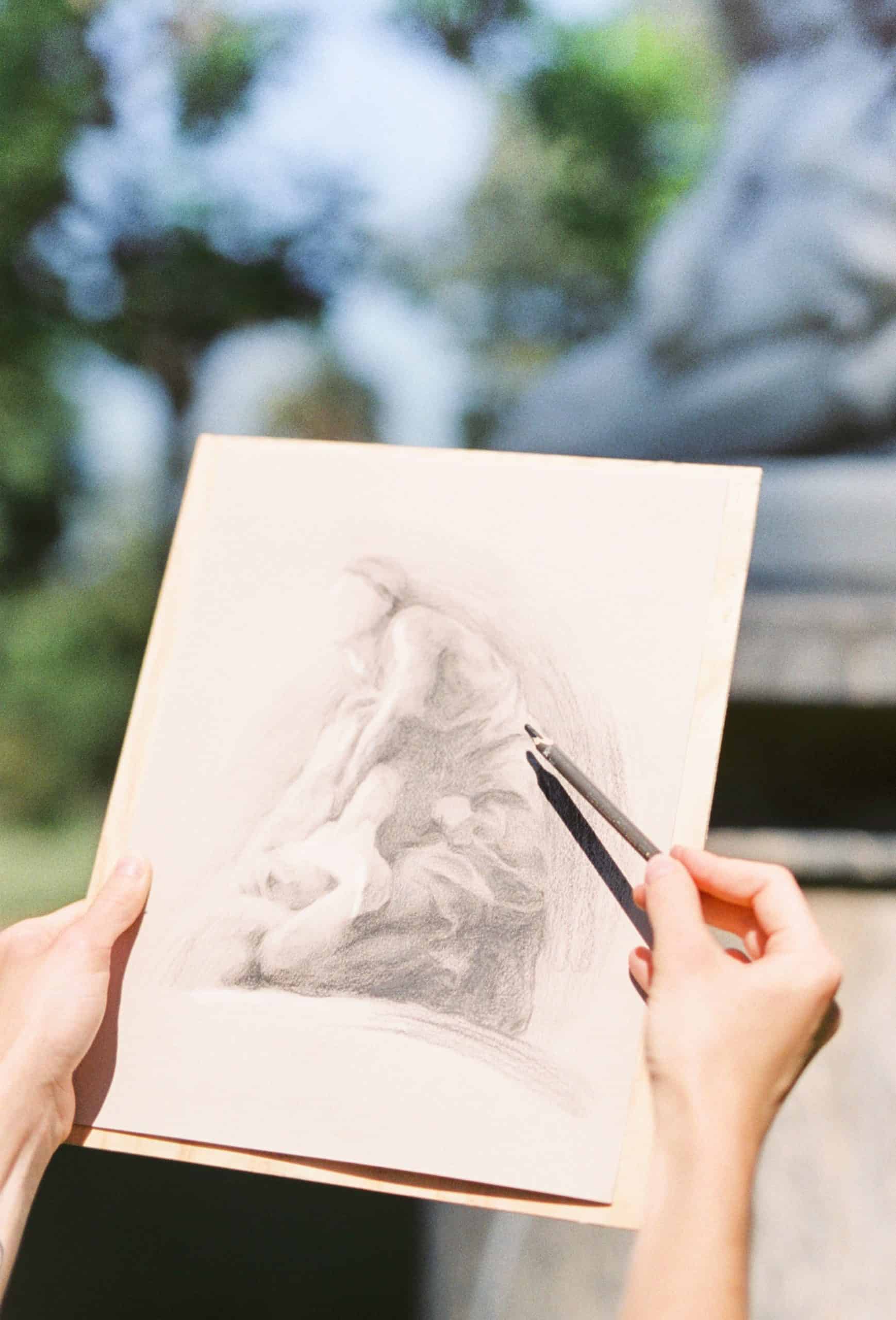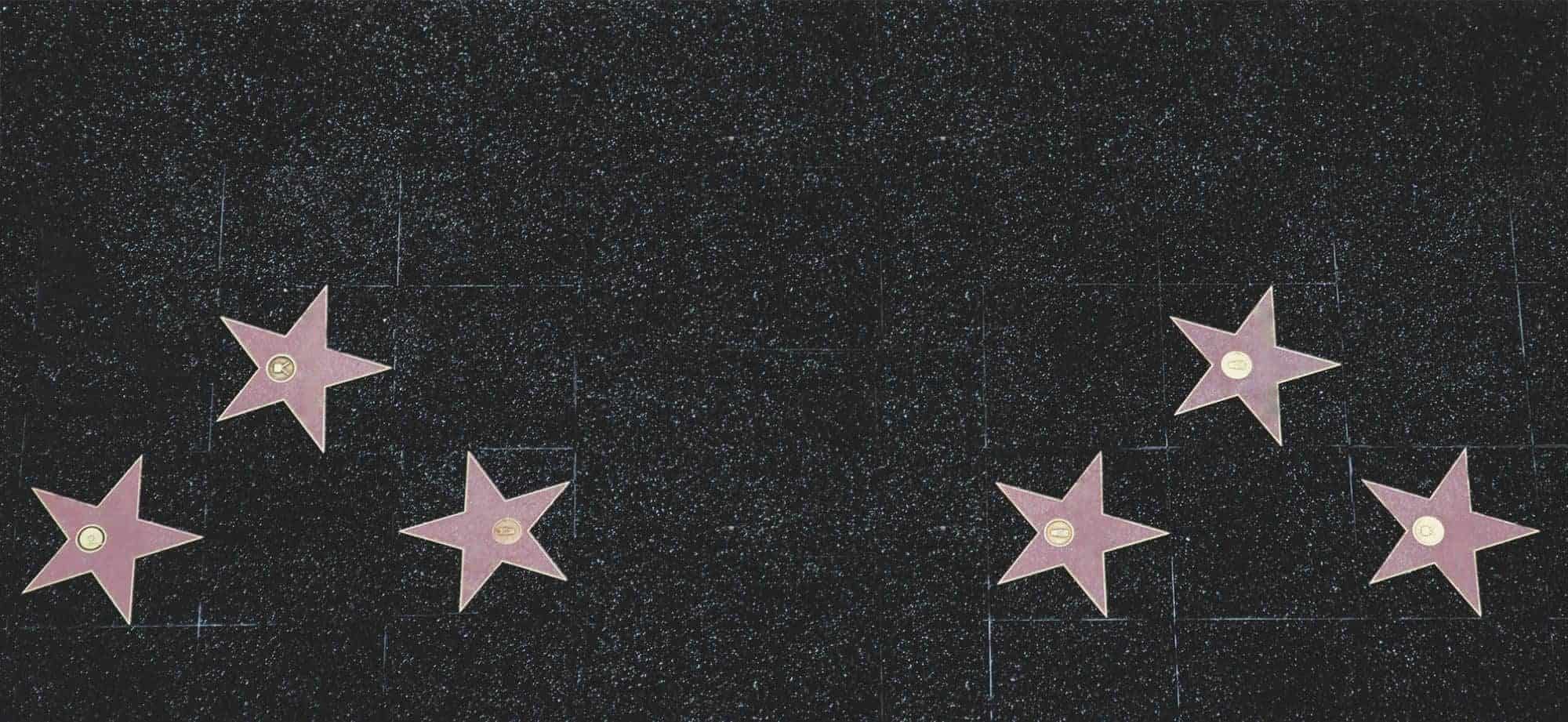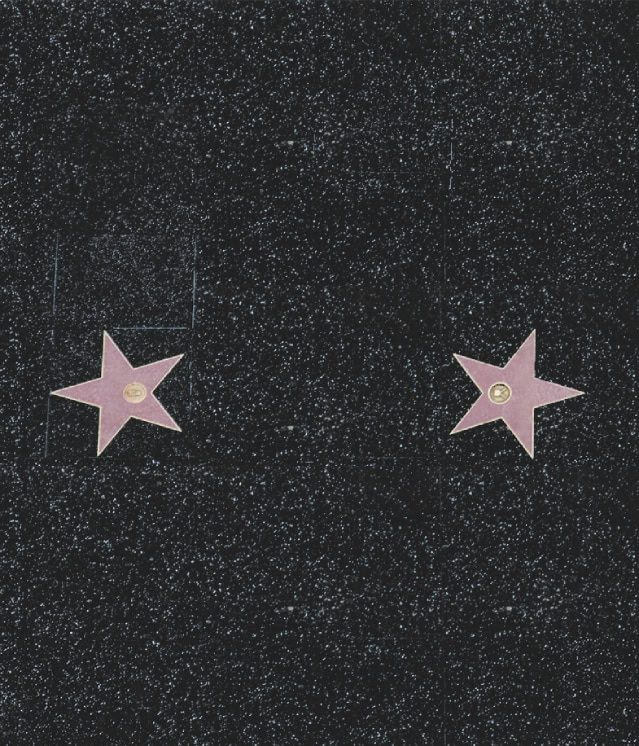
Pencil drawing tips for beginners
Beginner pencil drawing is a thrilling journey! It’s a whole new world of creativity and self-expression. Through sketching on paper, intricate details come alive and capture the subject’s essence.
Digging deeper, artists find techniques and tips to improve their skills. Understanding pencil types and hardness/softness changes the texture and tone of drawings. Experimenting with hatching, cross-hatching, and stippling adds depth and dimension.
Varying pressure while holding a pencil creates contrast and visual interest. Blending tools like smudging sticks and tortillons give smooth transitions between shaded areas.
Perspective is key for realistic drawings. Objects must appear smaller as they move away. Representing this on paper adds depth and realism. Understanding light and shadow brings drawings to life.
Importance of pencil drawing for beginners
Pencil drawing is of great importance for starters. It helps them acquire crucial abilities, such as shading, form, and composition. This lets them express their ideas accurately and make realistic or creative artworks.
Gaining a good understanding of pencil drawing gives beginners insight into concepts, like line weight, perspective, and proportion. As they practice strokes and experiment with different pencil grades, they learn how to create depth and texture. Furthermore, they refine their observation skills and get an eye for detail.
Pencil drawing is a versatile medium that can be combined with other forms of art, such as watercolors or acrylics. By learning how to use pencils efficiently, newbies gain the confidence to explore different mediums and sharpen their storytelling skills.
Moreover, pencil drawing has a long history with renowned artists who have contributed to art through sketching. Greats such as Leonardo da Vinci and Michelangelo used pencils to begin their masterpieces. Beginners are still inspired by their works today.
Materials and equipment needed for pencil drawing
Pencil drawing is an art form that needs the right materials and equipment to bring your ideas to life. We’ll explore the essential tools for stunning pencil drawings.
- Pencils: You’ll need a selection of graphite pencils with varying hardnesses to control the darkness and shading.
- Paper: Pick the right paper for desired effects. Smooth for detailed drawings, and rougher for character and depth.
- Erasers: Invest in kneaded and vinyl erasers to erase mistakes.
- Blending tools: Blend graphite shades smoothly with blending stumps or tortillons made of paper or fabric.
More materials can enhance pencil drawings. Artist’s tape to secure paper and fixatives to protect finished drawings.
Practice is key to improving skills. Remember, according to Leonardo da Vinci: “Simplicity is the ultimate sophistication.”
Choosing the right pencils and paper
The type of pencil for drawing depends on what effect you want to achieve. Mechanical pencils with various lead thicknesses are great for details, while graphite pencils are better for shading and tones. It’s best to have a mix of both types, to find out what works best.
Paper should be heavier weight, to allow for better control and longevity. Smooth surfaces suit precise lines and detailed work, while textured paper brings depth and character. Cold press or hot press papers give different effects depending on texture and finish.
Quality is key! Low-grade pencils can give poor color payoff and uneven lines, and low-grade paper may not respond well to erasing or smudging. Investing in high-quality materials will improve the artistic experience and bring better results.
Basic pencil drawing techniques for beginners
To master pencil drawing, one must understand the grades of pencils, ranging from hard (H) to soft (B). These grades have their own characteristics which affect shading, texture, and depth.
The art of line work and blending is key. Techniques such as hatching and crosshatching involve creating lines or strokes that overlap to create shading effects. Tortillons, cylindrical tools made from rolled paper, are used to blend pencil marks for a more realistic effect. Even your fingertips can be used to blend.
Pencil drawing has been around for centuries. With time, the techniques have evolved, so it is important for aspiring artists to experiment and explore the potential of this versatile medium.
Tips for practicing and improving pencil drawing skills
For aspiring artists who want to master their craft, practicing and improving pencil drawing skills is a must. Here are some top tips to sharpen your skills:
- Start with basic shapes: Draw circles, squares, and triangles. This will help your eye and hand coordination to accurately draw objects.
- Shading for depth: Use hatching, cross-hatching, and stippling to create shadows and textures.
- Seek feedback: Join art communities or attend workshops. Get critiques from experienced artists to identify areas for improvement.
For further practice:
- Learn anatomy: Study books or join life-drawing classes to understand proportion, muscle structure, and body movements.
- Be consistent: Set aside dedicated time to draw. Short sessions make a difference over time.
- Experiment with materials: Use different pencils and papers for varied textures and effects.
One more thing – mistakes are learning opportunities. Transform them into something beautiful.
Take James Patterson as an example. He spilled ink on a sketch but turned it into a stunning piece that gained worldwide acclaim.
Common mistakes to avoid in pencil drawing
Want to become a pencil artist? Here are some common pitfalls to avoid.
Too much pressure, incorrect proportions, and forgetting preliminary sketches can ruin your artwork.
So, practice with light strokes and keep proportions in mind. Sketch lightly before getting into details. Patience and practice will make your drawings better.
Don’t be scared of mistakes. Embrace the journey with courage. Start creating today and become a master!
Frequently asked questions about pencil drawing for beginners
Pencil drawing is a popular art form for those just starting out. Some common questions are:
- What materials do you need?
- How can you improve shading and blending?
- What exercises to practice?
- How to create realistic textures?
- Are there any online resources or tutorials?
- And, what are mistakes to avoid?
For those wanting higher quality artwork, the Drawing Academy suggests investing in professional-grade pencils and paper. It can make a real difference!
Conclusion
Mark’s story is inspiring! He doubted his artistic skills, but with perseverance and dedication, he became a great pencil portrait artist.
- Practice is important for pencil drawing. Dedicate time to it, and you’ll gradually improve.
- Explore different pencils to create unique textures and shades.
- Perspectives and proportions matter when creating realistic drawings. Observe angles and measurements carefully.
- Shading techniques bring realism to your drawings. Understand light sources and apply them to your work.
- Patience is essential in mastering this art form. Don’t be discouraged by challenges, use them to learn.
Frequently Asked Questions
Q: What kind of pencils should I use for pencil drawing?
A: For beginners, it is recommended to use a range of graphite pencils, such as 2B, 4B, and 6B. These pencils are softer and will allow you to achieve different shades in your drawings.
Q: How do I hold a pencil correctly for drawing?
A: The correct way to hold a pencil for drawing is to hold it near the end, with a loose grip. This will give you better control and allow for a more natural and fluid movement of the pencil on the paper.
Q: How can I improve my shading techniques?
A: To improve your shading techniques, start by practicing basic hatching and cross-hatching techniques. Experiment with different pencil pressures to create lighter and darker tones. Additionally, studying light and shadow will help you understand how to create realistic shading in your drawings.
Q: What are some tips for drawing realistic portraits with pencils?
A: To draw realistic portraits, start by sketching the basic proportions and shapes. Pay attention to the proportions of the face, the placement of facial features, and the overall symmetry. Use light, gentle strokes to build up the details and gradually darken areas for shading.
Q: How can I prevent smudging in my pencil drawings?
A: To prevent smudging, you can use a sheet of clean paper as a barrier between your hand and the drawing. Another option is to work from top to bottom, left to right (if you are right-handed), or right to left (if you are left-handed), to avoid accidentally smudging your drawing with your hand.
Q: Are there any pencil drawing techniques that can help create texture?
A: Yes, there are several techniques you can use to create texture in your pencil drawings. Some common techniques include stippling (creating texture using dots), cross-hatching, and using various pencil strokes to mimic different textures like fur or fabric.
Subject: Pencil drawing tips for beginners
Company: Hollywood Connections Center
Network: MyHollywoodPage.com
The Hollywood network of arts and creative professionals.





